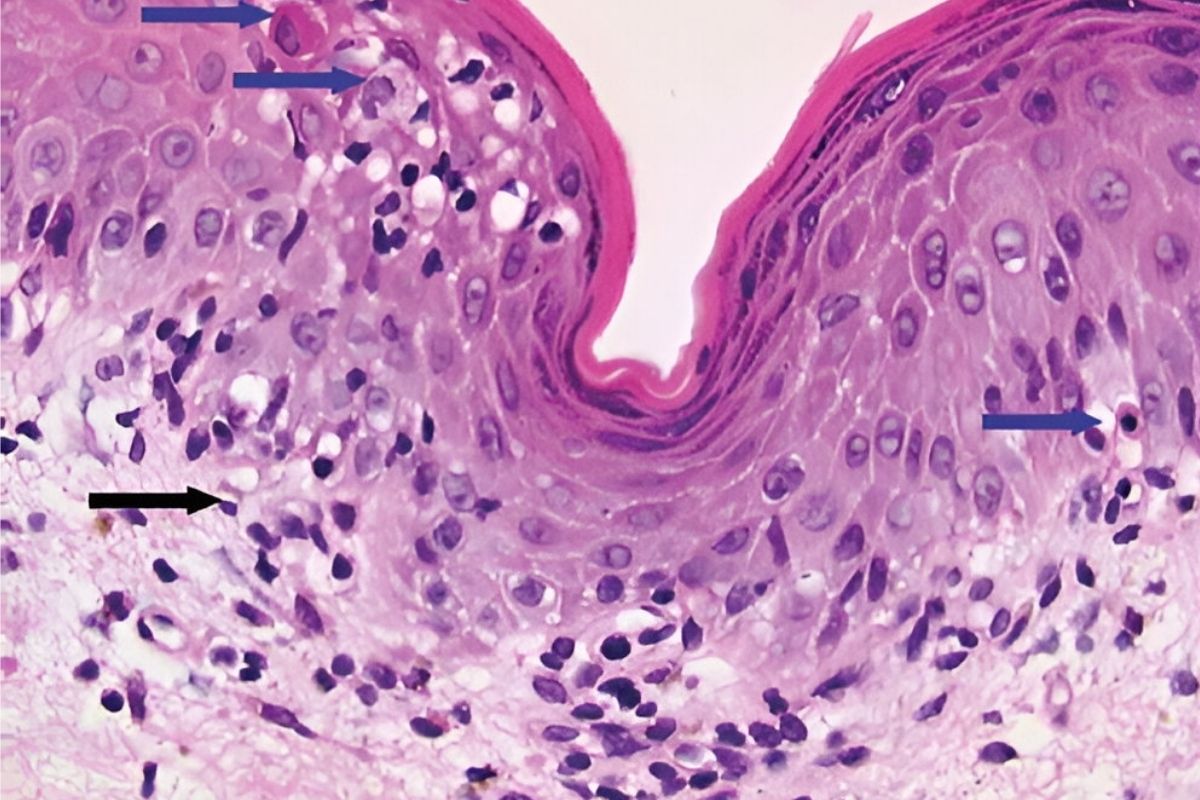
Omenn Syndrome is a rare genetic disorder that affects the immune system. Caused by mutations in genes responsible for immune function, it leads to severe immunodeficiency. Symptoms often appear in infancy and include chronic infections, skin rashes, and enlarged lymph nodes. Early diagnosis is crucial for managing the condition effectively. Treatment options may involve bone marrow transplants, which can help restore immune function. Understanding Omenn Syndrome is vital for families and healthcare providers to ensure timely intervention. This blog post will provide 42 essential facts about Omenn Syndrome, shedding light on its causes, symptoms, and treatment options.
Key Takeaways:
- Omenn Syndrome is a rare genetic disorder that weakens the immune system, causing severe rashes, infections, and enlarged organs. Early diagnosis and treatment are crucial for better outcomes.
- Genetic mutations cause Omenn Syndrome, leading to life-threatening immune system deficiencies. Research and collaboration are key to finding effective treatments and improving the lives of affected individuals.
What is Omenn Syndrome?
Omenn Syndrome is a rare genetic disorder that affects the immune system. Named after Dr. Gilbert Omenn, who first described it, this condition is a severe form of combined immunodeficiency. Let's dive into some fascinating facts about Omenn Syndrome.
- Omenn Syndrome is a type of Severe Combined Immunodeficiency (SCID).
- It is caused by mutations in genes responsible for immune system development.
- The most commonly affected genes are RAG1 and RAG2.
- Symptoms usually appear within the first few months of life.
- Infants with Omenn Syndrome often have severe skin rashes.
- Persistent diarrhea is another common symptom.
- These infants also suffer from recurrent infections.
- Enlarged liver and spleen are typical in affected individuals.
- Lymph nodes may also be enlarged.
- Eosinophilia, an increased number of eosinophils in the blood, is often present.
- High levels of Immunoglobulin E (IgE) are usually found in patients.
- Omenn Syndrome can lead to failure to thrive in infants.
- Bone marrow transplantation is the primary treatment.
- Early diagnosis is crucial for effective treatment.
- Genetic testing can confirm the diagnosis.
- Prenatal testing is available for families with a history of the disorder.
- Without treatment, Omenn Syndrome is usually fatal within the first year of life.
- The disorder affects both males and females equally.
- It is inherited in an autosomal recessive pattern.
- Parents of an affected child are typically carriers of the mutated gene.
- Carriers usually do not show symptoms of the disorder.
- Omenn Syndrome is extremely rare, with an estimated incidence of 1 in 50,000 to 100,000 live births.
- The condition was first described in 1965.
- Dr. Gilbert Omenn, an American geneticist, identified the syndrome.
- Omenn Syndrome is part of a group of disorders known as primary immunodeficiencies.
- The immune system in affected individuals is severely compromised.
- Patients are highly susceptible to opportunistic infections.
- Common infections include pneumonia, sepsis, and fungal infections.
- Skin biopsies can help diagnose the condition.
- Immunophenotyping is another diagnostic tool used.
- The disorder can be mistaken for other skin conditions like eczema.
- Omenn Syndrome can also be confused with other forms of SCID.
- Patients often require lifelong medical care.
- Regular follow-ups with immunologists are necessary.
- Gene therapy is being researched as a potential treatment.
- Support groups exist for families affected by Omenn Syndrome.
- Awareness and education about the disorder are increasing.
- Advances in genetic research are improving diagnosis and treatment.
- Early intervention can significantly improve outcomes.
- Omenn Syndrome highlights the importance of newborn screening.
- Research continues to explore the underlying mechanisms of the disorder.
- Collaboration among scientists worldwide is crucial for finding a cure.
The Final Word on Omenn Syndrome
Omenn Syndrome is a rare, severe immunodeficiency disorder. It affects the body's ability to fight infections. Symptoms often appear in infants, including severe skin rashes, enlarged liver and spleen, and chronic diarrhea. Early diagnosis is crucial for effective treatment. Genetic testing can confirm the condition. Treatment usually involves bone marrow transplants, which can be life-saving. Without treatment, the prognosis is poor.
Understanding Omenn Syndrome helps in recognizing symptoms early. This can lead to quicker intervention and better outcomes. Awareness and research are key to improving the lives of those affected. If you suspect a child has symptoms, consult a healthcare professional immediately. Knowledge about this condition can make a significant difference. Stay informed, and spread awareness to help those in need.
Frequently Asked Questions
Was this page helpful?
Our commitment to delivering trustworthy and engaging content is at the heart of what we do. Each fact on our site is contributed by real users like you, bringing a wealth of diverse insights and information. To ensure the highest standards of accuracy and reliability, our dedicated editors meticulously review each submission. This process guarantees that the facts we share are not only fascinating but also credible. Trust in our commitment to quality and authenticity as you explore and learn with us.
